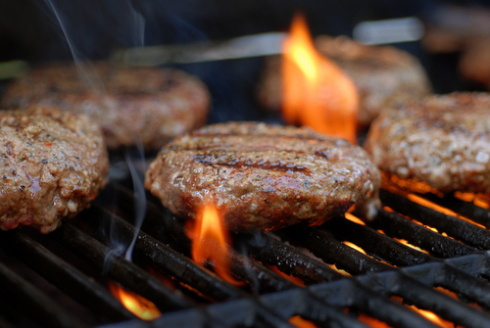London Eco-Roof Manufacturing Ltd. will be present at the show on July 26-28, 2013. Please visit us at booth 110.
For more information visit Muskoka In-Water Boat & Cottage Show / Muskoka Rib Fest website.

London Eco-Roof Manufacturing Ltd. will be present at the show on July 26-28, 2013. Please visit us at booth 110.
For more information visit Muskoka In-Water Boat & Cottage Show / Muskoka Rib Fest website.
Food Fest – June 21-23
For more info visit their web site at
http://www.canadasbiggestparty.com/festivalsontario_003.htm
The Great Canadian Eco-Fest (Komoka) – June 23
For more info visit their web site at:
http://www.greatcanadianecofest.ca/
You are invited to our BBQ – Showroom Special!
Saturday June 1 from 10:00am to 2:00pm at 1682 Dundas Street East, London
Due to popular demand we will now be open on Sundays from 11:00am – 4:00pm and we’re celebrating!
98.1 Free FM will be on location from 9:00am to 1:00pm
Come by to pick out your next roof, enjoy some food & drinks and try your luck to win a prize!
London, Ontario
Woodstock, Ontario
Hamilton, Ontario
Toronto (GTA), Ontario
Windsor, Chatham, Ontario
Brigden, Ontario
Port Carling, Ontario
Muskoka, Ontario
Vancouver, British Columbia
Take some time out for yourself this weekend and visit us at southwestern Ontario’s largest home, renovating, gardening, landscaping and lifestyle show!
Western Fair District – 316 Rectory at York, London
Friday 12pm to 9pm
Saturday 10am to 8pm
Sunday 11am to 5pm
See you there!
We would like to say thank you to all who attended this event on Saturday April 13, 2013 at our showroom on 1682 Dundas St. East. It was a great event, we enjoyed barbecue together and More FM 103.9 was there on location.
You can visit our showroom at any time (Monday through Saturday) to talk to knowledgeable staff and find out about metal roofing and why it is Eco Friendly.
Come by and check out our display this weekend at the following shows:
Oakville Lifestyle Home Show – April 12 to 14
Toronto Green Living Show – April 12 to 14
Ottawa Cottage & Backyard Show – April 12 to 14
You are invited to Spring Open House Barbecue at our showroom with More FM 103.9 radio on location from 9 am until 1 pm.
Where: 1682 Dundas Street East, London, Ontario
When: Saturday, April 13, 2013, starting at 9:00am
Our company has been featured in the latest issue of the iMagazine provided by Home Improvement Centre. You can view the whole issue of iMagazine bo going to Home Improvement Centre website, or just the article “The Last Roof You’ll Ever Need” in PDF format.